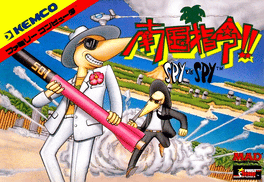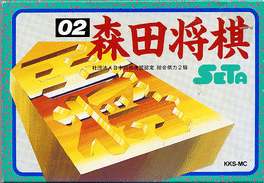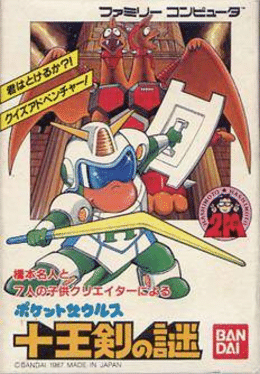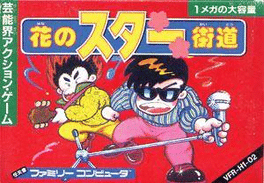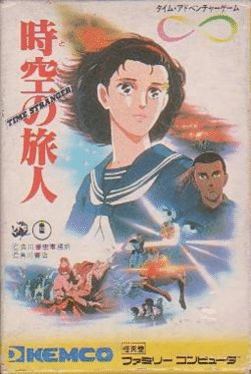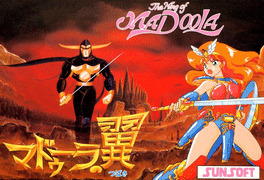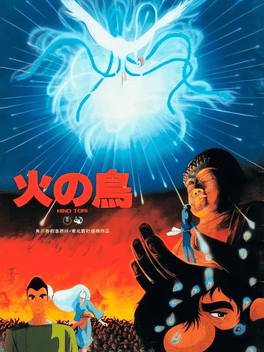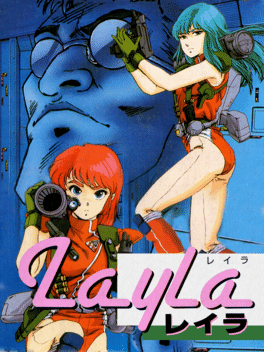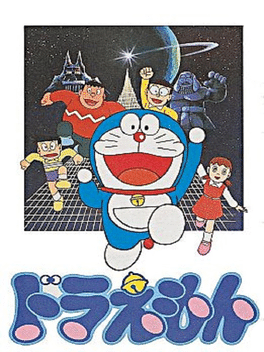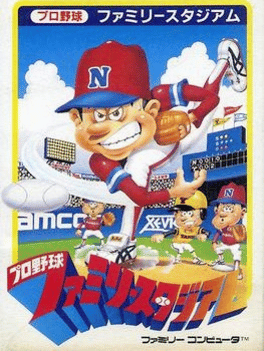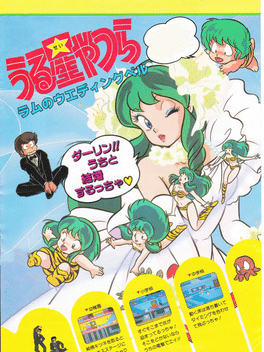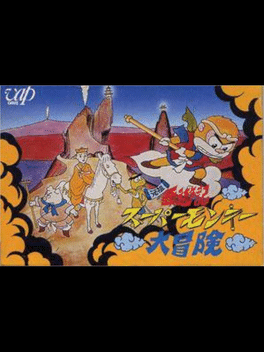New Family Computer Games - Page 41
-
Nankoku Shirei!! Spy vs. Spy
1987
Spy vs Spy: The Island Caper is a competitive multiplayer game where the goal is to recover all the vital items and leave before the other player does the same. It's a tropical-themed variant on the original. The Island Caper plays almost identically to the original Spy vs Spy game, just with a graphically updated island theme. Instead of rooms full of fixtures that items might be hidden behind, the player must search beaches on islands for items buried in the sand. Specifically, they need to assemble a missile from its parts, presumably so it can be launched at the opponent spy's home country. Finding the missile will allow the victorious spy to escape the island via a submarine (which inexplicably also includes an attractive woman). There are also traps which, like in the original, can be placed in spots where missile parts might be to fool opponents into killing themselves. The game was released on many of the home computers and consoles active at the time. Curiously, it also received a Japan-only NES port nam -
Morita Kazuo no Shogi
1987
A Famicom Shogi game developed by Random House and published by Seta. Morita Kazuo no Shogi ("Kazuo Morita's Shogi") is a Shogi game from Random House. The game's namesake, Kazuo Morita, is a famous Japanese Shogi player that had previously been attached to several Shogi games prior to this one. Furthermore, Random House (not to be confused with the famous book publisher) is his development company. As well as playing regular Shogi against an AI opponent, the player has a few options regarding the set-up of the pieces. There is a mode where they place all the tiles on the board themselves, in case they wish to continue an existing game or maybe replay a famous match at its turning point. -
Pocket Zaurus: Juu Ouken no Nazo
1987
A young man is changed into a lizard and must chase his aggressor through time in this Famicom platformer from Bandai. -
Lost Word of Jenny: Ushinawareta Message
1987
Jenny’s on her way to the theater to practice for an upcoming role. Her script gets stolen though and has to track the pages down in different stages which are entered through the hub world. Once you collect a key and memorize letters and numbers, you go to the theater and use them to unlock the combination lock. Jenny has 2 abilities: punching and kicking, and after picking up powerups, throwing stars and bug spray -
Hana no Star Kaidou
1987
Hana no Star Kaidou
1987
Hana no Star Kaidou (which can be loosely translated as "Blossoming Star Highway") is an action game for the Famicom that was developed and published by Victor Musical Industries in 1987. It is about two musicians who dream of obtaining a recording contract and becoming big stars. The player must control both Moero and Goro on the screen at one time. They run, jump, and attack simultaneously. Each one has their own life count, and the game is over as soon as one of them loses all of their lives. Because of the unituitive controls, and unforgiving game mechanics, this game is considered quite difficult and generally not fun to play. -
City Adventure Touch: Mystery of Triangle
1987
CITY ADVENTURE touch MYSTERY OF TRIANGLE is an action game for the Famicom and NES system that was published by Toho in 1987. The game is based on the high school and baseball team themed manga Touch. City Adventure Touch is somewhat notorious in Japan for bearing absolutely no resemblance to the source material. A comic book concerning the Mystery of Triangle is included in the manual. The story appears to revolve around a character's dog who disappears into an alternate dimension, and the three children who attempt to rescue it, one of which attacks by throwing baseballs. -
Ikinari Musician
1987
Ikinari Musician
1987
Ikinari Musician provides a piano-like keyboard, a treble clef on the staff to show note location, a 5-channel Backing track, 4 timbre choices, and controllers to manipulate common synthesizer parameters such as release and attack, LFO, etc. It also provides recording and play back function. The player has many choices of styles of the backing track, from popular styles such as Rock, Techno, and Jazz, to various ethnic flavors such as Bossa, Rio, Japan, India, Arabia, etc. The backing tracks representing the styles use familiar elements to make the game more accessible to the general audience. For example, in the Scotland style Cadence to Arms, a familiar bagpipes tune, is used. Most backing tracks loop around one or two chords, allowing an open improvisation on the main keyboard. Once the style is chosen, the main keyboard is masked in the way that only the scale that easily fits into the style is available, e.g. blues scale, pentatonic scale, etc. The keyboard is controlled by the UP-DOWN or LEFT-RIGHT d-pads -
Toki no Tabibito: Time Stranger
1987
An adventure game based on an anime film of the same name, published for the Famicom by Kemco. Toki no Tabibito "Time Stranger" is an adventure game with a heavy emphasis on text commands and dialogue, similar to other NES adventure games like Portopia Serial Murder Case or Hokkaido Serial Murders: Fade to Okhotsk. Unlike Portopia and its sequels, there is very little detective work to be done. The player simply visits important people throughout Japanese history as a time-travelling cop, answering their questions and incrementally moving forwards through time towards the present. Most of the game is depicted in a first-person mode where the other person sits across from the main character, who then asks and answers questions. There are a few third-person sequences where the player must get back inside their spaceship-like time machine before it leaves. While there are a few branching paths depending on dialogue choices taken, the game's narrative is fairly linear. -
King Kong 2: Ikari no Megaton Punch
1987
Ikari no Megaton Punch is based on the movie King Kong Lives (called King Kong 2 in Japan). The player takes control of King Kong in a quest to rescue Lady Kong from evil forces. This is an action game where the protagonist must travel to several different worlds in order to defeat bosses and earn keys that are needed to save Lady Kong from her imprisonment. King Kong's main attacks are either punching, hopping on, or throwing boulders at all his various enemies. -
Madoola no Tsubasa
1987
Madoola no Tsubasa
1987
Once upon a time, in the Kingdom of Badham, there was a statue of a bird known as the Wing of Madoola. Whoever possessed the wing would possess the power to rule the world, and many wars were fought between nations to obtain it. A wise king, one of the members of the Rameru family, managed to get a hold of the wing, and ordered that a deep cave be constructed where the wings would be hidden so that the wars would cease. The knowledge of the cave would be recorded and locked away, accessible only to the rulers of the land. Peace soon returned to the world. Several centuries later, a young member of the Rameru family known as Darutos learned of the location of the wing through the kingdom's secret archives. He betrayed the family and stole away with the Wing of Madoola. Using the power of the wing, he summoned demons to attack and take over castle Arekusu. He constructed an underground labyrinth beneath the castle, built a dangerous fortress, and planned to rule the world.The few survivors of Arekusu's military, and -
Hi no Tori Houou-hen: Gaou no Bouken
1987
Hi no Tori Hououhen: Gaou no Bouken is a licensed action platformer with block placing mechanics, based on Osamu Tezuka's Phoenix (Hi no Tori) manga series. -
Super Maruo
1986
Super Maruo
1986
Super Maruo is an unlicensed game released in Japan in 1986. Although very rare, this game is the first unlicensed Famicom game and the first unlicensed adult Famicom game as well. Despite the name, it has no relation to Mario at all. -
Nagagutsu wo Haita Neko: Sekai Isshuu 80-nichi Daibouken
1986
Nagagutsu wo Haita Neko: Sekai Isshuu 80-nichi Daibouken is a 1986 video game based on the third film of The Wonderful World of Puss 'n Boots that was released exclusively in Japan for the Family Computer. Four years later, the game (with several modifications) was released in North America under the title Puss 'n Boots: Pero's Great Adventure. The main character is the Puss in Boots character from the tale; a cat named Pero (Toei Animation's mascot) He is also known as 'Perrault' in the game, as that was the name of the original author of the Puss In Boots story; Charles Perrault. He is known for helping an impoverished master attain wealth through the use of trickery. -
Layla
1986
Layla
1986
Teenage special forces operative Layla must rescue her girlfriend Iris from Dr. Manitoka, while exploring asteroids. -
Doraemon
1986
Doraemon
1986
One of the earliest video games based on the Doraemon franchise. It was released exclusively in Japan for the Famicom by Hudson. -
Sherlock Holmes: Hakushaku Reijou Yuukai Jiken
1986
Sherlock Holmes: Hakushaku Reijou Yuukai Jiken (loosely translated as Sherlock Homes: Kidnapping of the Young Countess) is an adventure game developed for the Famicom by Towachiki, and released in 1986. The game puts the player in the role of Sherlock Holmes, who must travel throughout England (by train) while trying to solve the mystery of a kidnapping. In this unusual portrayal of Holmes, his only means of interrogating anyone to obtain information is by attacking them with jump kicks until they run out of stamina and reveal clues. The game alternates between a zoomed out view of England streets, where every bystander can damage Holmes simply by running in to him, to a zoomed in side scrolling view of buildings or sewers or parks. Besides interrogating people for information, or simply beating them up for train fare, Holmes must search seemingly random cracks or trees in order to find important clues, or inventory items. -
Pro Yakyuu Family Stadium
1986
The first of the Pro Yakyuu Family baseball series. The game became the first console game of its kind to be licensed by the Major League Baseball Players Association (MLBPA) and used actual MLB player names, unlike other baseball video games of the late 1980s. -
Daiva Story 6: Imperial of Nirsartia
1986
A sci-fi action-strategy game released in Japan in 1986 for the NES, developed by T&E Soft and published by Toshiba EMI. It's part 6 of a long-running series, though the only one to be released on the NES. -
Urusei Yatsura: Lum no Wedding Bell
1986
In Urusei Yatsura: Lum's Wedding Bell, the player controls Lum as she grows up and has to avoid alien invaders while trying to reach her rescue UFO. The game's storyline involves a severe earthquake striking in Tomobiki-cho (the town where the Urusei Yatsura series takes place) and tearing the space-time continuum, forcing Lum to have to travel forward through time in order to be reunited with her "darling" Ataru Moroboshi. The player starts out at infant school, then works her way to elementary school, junior high school, high school, college, and finally the player gets married to a bridegroom (Ataru) in a white tie outfit. After that, the game starts over again. The game has never been released outside Japan. -
Ganso Saiyuuki: Super Monkey Daibouken
1986
Sun Wukong must assist the Buddhist monk Xuanzang with his task of collecting some sūtras as they make the treacherous voyage from China to India. Other guardians can be asked to join the adventuring party after meeting up with them. Most of the storyline in this video game is based on the Chinese novel Journey to the West. Players can enter a code that allows them to return to any stage at any time.
